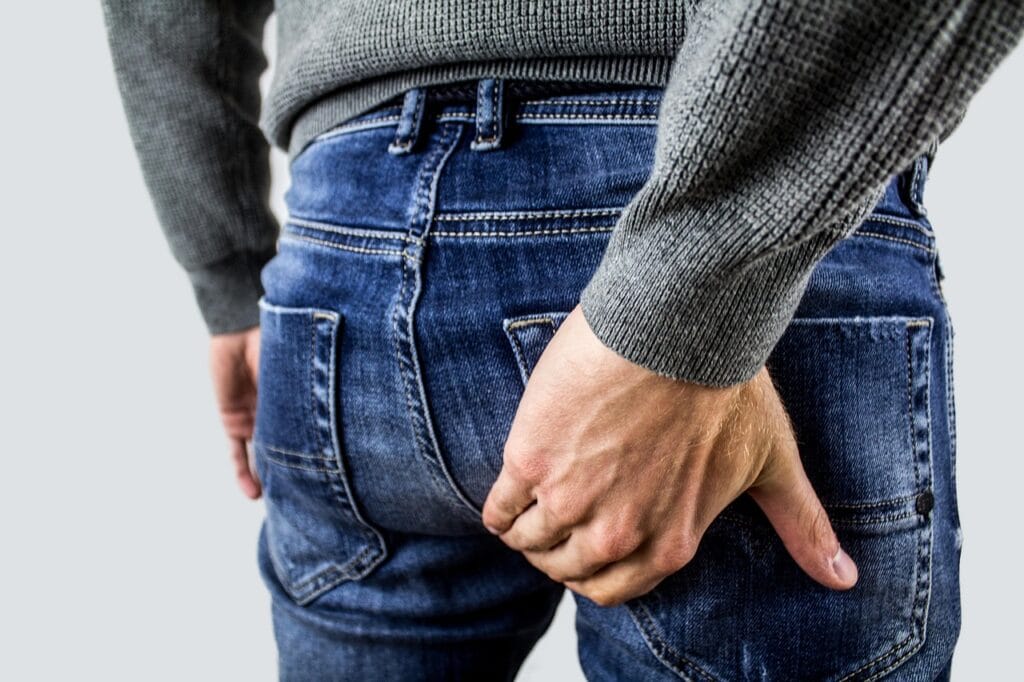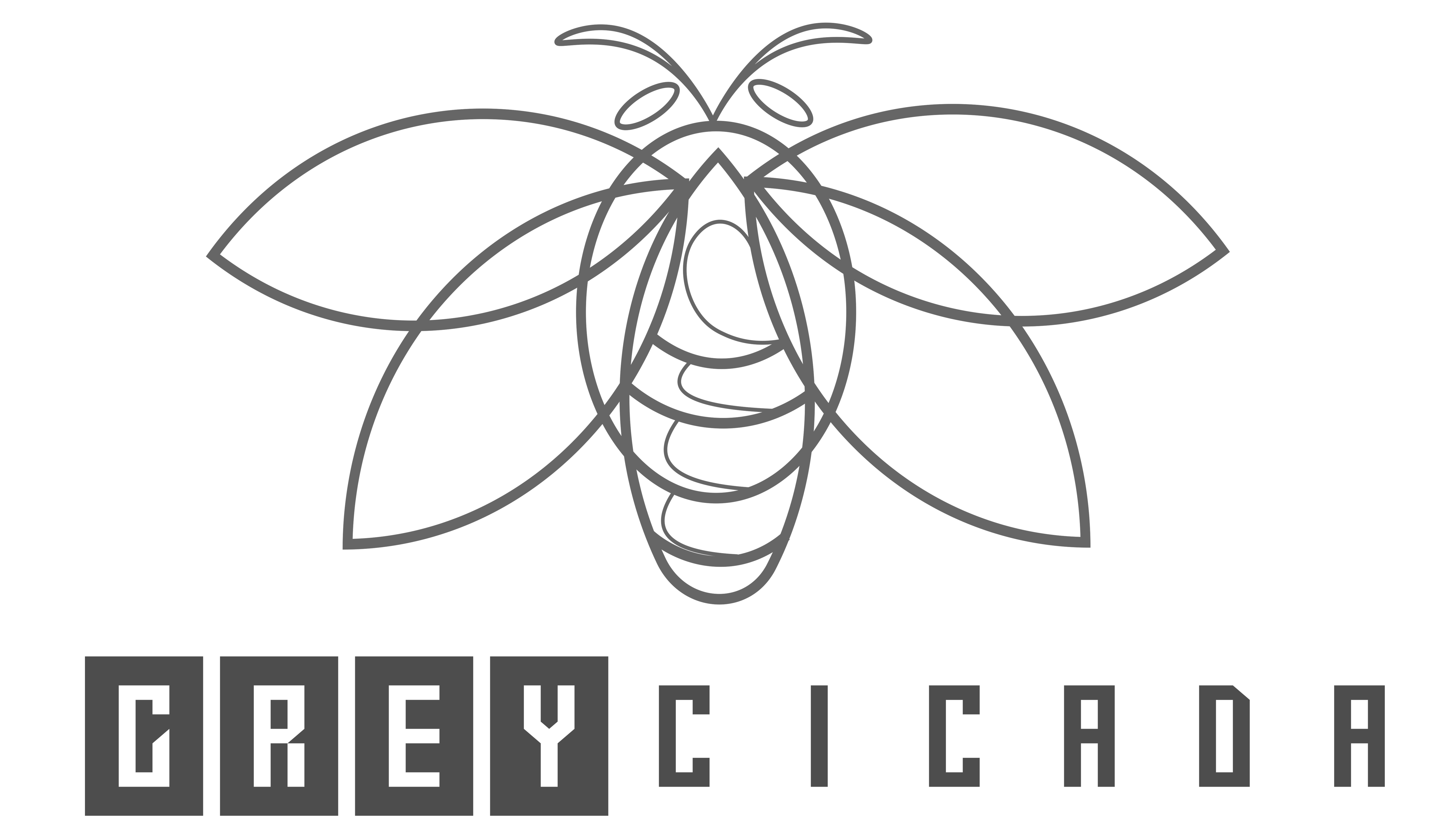FREE SHIPPING OVER $50
Urologists Warn: These 5 Prostate Symptoms in Your 30s Could Be a Silent Crisis

If you are a man in your 30s, chances are the word “prostate” barely registers on your radar. You probably associate it with older men—the guys in their 60s and 70s dealing with those late-night bathroom trips. You likely believe you have decades before you need to worry about the small, walnut-sized gland that sits right below your bladder.
That, according to urology experts, is a critical mistake.
While major issues like Benign Prostatic Hyperplasia (BPH, or enlarged prostate) and prostate cancer are statistically more common after age 50, the foundation for poor prostate health is often laid much earlier. Moreover, an entirely different set of prostate problems, most notably prostatitis (prostate inflammation) and chronic pelvic pain, are extremely common in men under 50, even those in their early 30s. Ignoring these early prostate symptoms can lead to chronic pain, long-term sexual dysfunction, and bladder damage down the road.
The 5 Subtle Prostate Symptoms Men in Their 30s Cannot Ignore
The key difficulty for men in this age group is that their most common prostate issues—prostatitis and early, non-bothersome BPH—often mimic symptoms of other, less serious conditions like a mild urinary tract infection (UTI) or simple dehydration. They often come and go, making them easy to dismiss.
However, recognizing these symptoms is your first line of defense for maintaining prostate health and avoiding chronic issues.
1. Urinary Urgency or Increased Frequency
You are likely chalking this up to the extra cup of coffee you had this morning or the fact that you just drank more water. But if you constantly feel the urgent need to urinate, or if you find yourself visiting the restroom significantly more often than your peers, it’s a major signal.
This is often one of the earliest and most overlooked prostate health red flags.
- The Problem in the 30s: In a younger man, this frequent or urgent need to urinate is less likely to be full-blown BPH, but it can be a classic sign of prostatitis. When the prostate gland is inflamed (prostatitis), it can swell and irritate the bladder neck, leading to bladder spasms and the sensation that you must go immediately, even if your bladder isn’t actually full.
- The Silent Crisis: The crisis here is that men often adapt. They learn where every bathroom is and start limiting fluids, which just masks the underlying prostate inflammation and delays getting a proper diagnosis.
2. Pain or Discomfort in the Pelvic Area (The “Sitting Pain”)
This symptom is the most telling sign that an issue is brewing, yet it’s the one most often misdiagnosed or attributed to unrelated factors like “pulled muscle” or simply “bad posture.”
The pain associated with prostate issues isn’t always sharp and focused; it can be diffuse and confusing. Look for any persistent ache, stiffness, or tenderness in the following areas:
- Perineum: The area between the scrotum and the rectum.
- Testicles/Groin: A dull ache or discomfort.
- Lower Back/Abdomen: Generalized pain or stiffness, especially after sitting for long periods.
This cluster of symptoms points directly toward Chronic Prostatitis/Chronic Pelvic Pain Syndrome (CP/CPPS), which is by far the most common prostate issue in men under 50. It’s caused by inflammation, nerve issues, or pelvic floor muscle tension, and it can be debilitating if left untreated. If you feel a nagging discomfort when sitting for an extended period, especially on harder surfaces, your prostate and surrounding muscles might be reacting to inflammation.
3. Weak Stream, Hesitancy, or Intermittency
When you step up to the toilet, the process should be quick and forceful. If you are finding yourself taking an extra few seconds for the urine stream to start (hesitancy), or if the stream itself is noticeably weaker or keeps stopping and starting (intermittency), this is a serious sign of obstruction.
In a 30-year-old, this is often the point where the prostate enlargement from BPH—which starts in the 30s—begins to squeeze the urethra (the tube that carries urine out).
- Why it Matters Now: While the blockage might be minor today, the downstream damage to the bladder is the real concern. The bladder has to work harder against resistance, and over time, the muscle wall can thicken and weaken. This permanent damage can make treatment much more complicated later in life. Early detection is key to preserving bladder function.
4. Painful or Difficult Ejaculation
The prostate gland produces much of the fluid that makes up semen, so it stands to reason that when the gland is inflamed or infected, the process of ejaculation can become painful (prostate pain).
- What to Look For: This isn’t just a physical symptom; it’s a red flag for reproductive health. If you experience discomfort, burning, or pain during or immediately after ejaculation, or if you notice any blood in your semen, you need to consult a urologist immediately. Painful ejaculation is a classic symptom of both acute and chronic prostatitis and should never be ignored.
- The Link to Function: Persistent inflammation can also impact nerves and blood flow, which may lead to early signs of erectile dysfunction (ED), a symptom often related to underlying pelvic or vascular health issues, including those stemming from the prostate.
5. Nocturia (Waking Up to Urinate)
If you are routinely waking up one or more times a night to urinate, that is not “normal aging” in your 30s. This specific symptom, known as nocturia, is perhaps the most life-disrupting of the early prostate warning signs.
When you are young, your bladder should be able to hold enough urine overnight that you sleep soundly through the night. Waking up suggests one of two things is happening:
- Your bladder is irritated (often by a swollen prostate), meaning it is demanding to be emptied prematurely.
- Your bladder is not emptying completely during the day, leaving residual urine that forces you to wake up later.
Prostate inflammation is the likely culprit in the 30s, causing the bladder to become hypersensitive. Losing sleep consistently degrades both physical and mental health, making this a symptom that requires proactive management to restore your quality of life.
Understanding the Difference: Prostatitis vs. BPH in Young Men
When a man in his 30s experiences these symptoms, he is most likely dealing with one of two conditions, both of which stem from the prostate: Prostatitis or the very early stages of Benign Prostatic Hyperplasia (BPH).
Prostatitis (The Young Man’s Prostate Crisis)
Prostatitis is literally the inflammation of the prostate gland. It is the single most common prostate problem for men under 50. It is often challenging to diagnose because it can manifest in four different ways, but the most common form in this age group is Chronic Prostatitis/Chronic Pelvic Pain Syndrome (CP/CPPS).
- Cause: Unlike UTIs, which have a clear bacterial cause, CP/CPPS often has no identifiable bacterial infection. Experts believe it stems from a combination of factors: immune system responses, muscle tension in the pelvic floor, nerve irritation, stress, or a backup of prostatic fluid.
- Key Symptoms: Pain in the pelvic region, painful ejaculation, and urgent/frequent urination are the hallmarks.
- The Danger of Delay: If you ignore CP/CPPS, the chronic pain can rewire the nervous system, making the condition much harder to treat as time passes. Early intervention, often involving muscle relaxants, alpha-blockers, and physical therapy, is crucial to calm the nerves and muscles.
Benign Prostatic Hyperplasia (BPH)
BPH, or an enlarged prostate, is a non-cancerous growth of the gland. It is caused by hormonal changes that naturally occur as men age, specifically the gradual buildup of the hormone dihydrotestosterone (DHT).
- The Onset in the 30s: While BPH symptoms typically become bothersome after 50, the prostate begins growing much earlier. This subtle growth in the 30s can be just enough to cause the weak stream and urinary hesitancy discussed above.
- The Progression: If those symptoms are present, it signifies that the prostate has already started its inevitable growth path and is starting to restrict urine flow. Recognizing this early allows a man to adopt lifestyle and dietary changes that can potentially slow the progression of the enlargement and protect the bladder from long-term damage.
How to Protect Your Prostate in Your 30s
The advice from urologists is unified: don’t wait for a crisis to start caring for your prostate. The 30s are the prime decade for proactive intervention and establishing habits that reduce your risk of both prostatitis and severe BPH later in life.
1. Optimize Your Diet for Glandular Health
What you eat directly impacts inflammation levels throughout your body, including your prostate.
- Increase Lycopene and Antioxidants: Load up on foods rich in antioxidants, particularly lycopene, which is concentrated in cooked tomatoes, pink grapefruit, and watermelon. Cooked tomatoes (in sauces, pastes, etc.) offer the highest absorption rate.
- Embrace the Mediterranean Approach: Adopt a diet rich in vegetables, fruits, and whole grains. Focus on healthy fats from sources like avocados, nuts, seeds, and fatty fish (salmon, tuna) rich in Omega-3 fatty acids, which are powerful anti-inflammatories.
- Reduce Red Meat and Dairy: Some research suggests high consumption of red meat, especially processed or charred meat, and high-fat dairy may correlate with a higher risk of prostate issues. Shift protein sources toward plant-based options and lean poultry.
- Manage Fluids: While hydration is vital, restrict fluid intake (especially caffeine and alcohol) a few hours before bedtime. This simple adjustment directly combats nocturia and gives your bladder a much-needed rest.
2. Move Your Body and Guard Your Weight
Physical activity is one of the most under-prescribed remedies for prostate health. It reduces inflammation and helps manage key risk factors.
- Exercise Regularly: Regular, moderate to vigorous physical activity (brisk walking, jogging, cycling) helps maintain a healthy weight and has been shown in various studies to potentially lower the risk of BPH. Aim for at least 150 minutes of moderate activity per week.
- Manage Body Weight: Obesity is a recognized risk factor for BPH and even some forms of aggressive prostate cancer. Maintaining a healthy body weight is perhaps the most impactful preventive measure you can take in your 30s.
- Pelvic Floor Awareness: For men experiencing CP/CPPS symptoms, stretching and relaxing the pelvic floor muscles is often more important than strengthening them. Yoga or targeted physical therapy can help relieve the muscular tension that contributes to prostate pain and urinary issues.
3. Consult Your Urologist: The Screening Conversation
While routine PSA screening for prostate cancer typically begins around age 50 (or 45 for high-risk groups), every man in his 30s should have an open conversation with his doctor about prostate health.
- Know Your Family History: If you have a father or brother who was diagnosed with prostate cancer, especially at a younger age (under 65), you are considered high-risk. You may need to start screenings earlier, potentially as early as 40. Do not wait for symptoms to arise.
- Check Your Genes: Be aware of other familial risks, such as a history of BRCA1 or BRCA2 mutations, which are known to increase prostate cancer risk.
- The Proactive Visit: If you experience any of the five subtle symptoms mentioned—urinary urgency, pelvic pain, weak stream, painful ejaculation, or nocturia—schedule an appointment. A urologist can perform tests like a urinalysis, check for residual urine, and conduct a digital rectal exam (DRE) to rule out serious conditions and provide targeted treatment for prostatitis or early BPH.
Conclusion
The 30s are not too early to pay attention to your prostate. By taking these subtle warnings seriously and adopting a proactive lifestyle, you are not just addressing a mild discomfort; you are investing in decades of better urinary function, sexual health, and overall longevity. Don’t let a silent crisis sneak up on you—take control of your prostate health today.
Related Articles
- Is Alzheimer’s Actually Type 3 Diabetes? What Doctors and Researchers Are Now Saying
- Doctors Are Stunned: These 15 Mobility Tricks Have Seniors Moving Like They’re 30 Again
- 10 Exercises That Could Be Dangerous After 60—Most People Still Do #7
- Can’t Sit Cross-Legged? Try These Trainer-Approved Standing Hip Stretches
- Transform Your Body After 50: Top Exercise Habits Revealed



